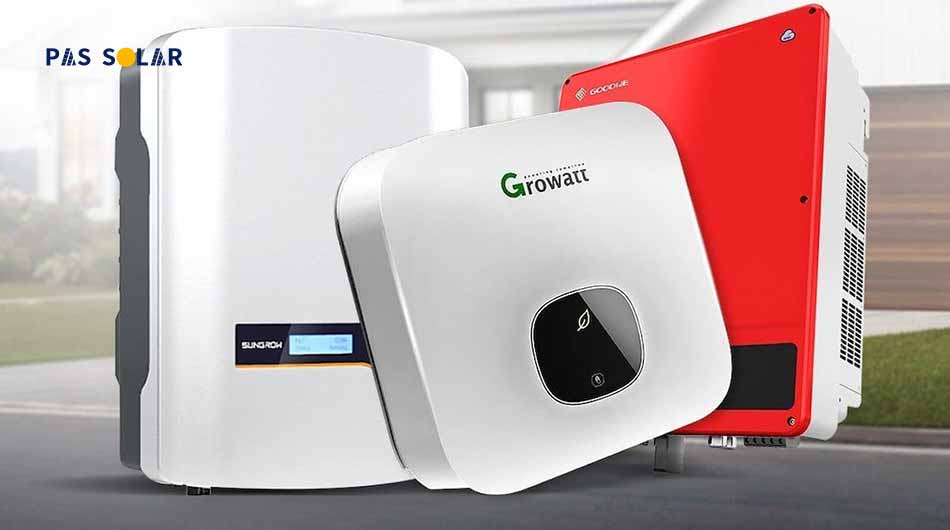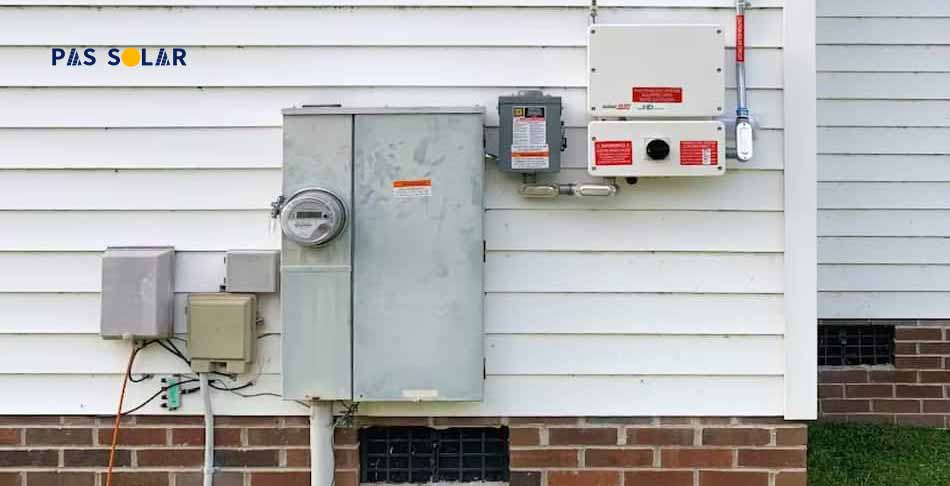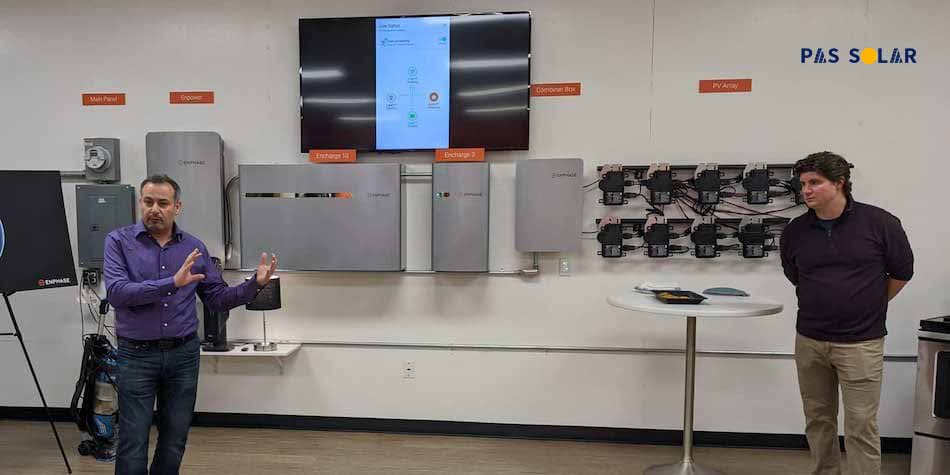Solar power has tremendous benefits for businesses, organizations, and homeowners. Businesses across the state, the nation, and the world are benefiting from what a solar PV array has to offer. A solar inverter is a necessary part of the solar energy system, so we’ve prepared a complete solar inverter buying guide for you.
Guide on buying solar inverters
1. Type of solar power plant
Our solar inverter buying guide starts with us talking about the solar power plant type. The type of solar power plant you want to install should be your priority when you plan to buy a solar inverter. You will need a grid-tied or grid-tied inverter if you have a grid-tied or grid-tied PV system.
Similarly, you will need an off-grid inverter if you have an off-grid solar system. However, hybrid solar plants will need a hybrid inverter. This is crucial as different solar inverters have different designs and using one instead of the other could damage the photovoltaic (PV) plant.
2. Your power and charging needs
Your power and charging needs should be considered when purchasing a solar inverter. This depends on how many devices you intend to power with auxiliary power, such as TVs, air conditioners, washing machines, and printers. The more appliances it can operate, the greater the load handling capacity (measured in volt-amps, or VA) of a solar inverter. But this will also have an impact on the cost of the inverter.
3. Solar Inverter Technology
Pulse Width Modulation (PWM) and Maximum PowerPoint Tracking are two common technologies used when designing solar inverters (MPPT). Although MPPT technology has higher efficiency, Pulse Width Modulation (PWM) has been used in solar inverters for decades and is a proven technology.
However, Maximum PowerPoint Tracking (MPPT), which is relatively new to the market, is also more expensive. Therefore, before selecting any of the two technologies, be sure to carefully compare each of your options or contact your solar inverter suppliers in dubai.
4. Additional qualities
It is essential to choose a solar inverter with extra functions when making a purchase, and our solar inverter buying guide will help you with that.
These include pure sine wave output, priority setting options, UPS and ECO modes, Wi-Fi and remote monitoring, ISOT technology, IP65 protection, fast charging, and an LCD screen with an intuitive user interface.
Also, to get the most out of your purchase, look for an inverter with adequate safety features such as anti-islanding protection, dual MCB protection, and overload handling.
5. Extended warranty period
Getting a solar inverter with an extended warranty could be an investment. This can help you avoid burning a hole in your pocket by ensuring that all repairs and replacements are covered by the manufacturer. Solar inverters typically come with a 24-month warranty, however, this can change depending on the vendor, for example, Pas Solar works with factories that offer warranties of up to 6 years.
In any case, as part of our solar inverter buying guide, it is advisable to get one that has the longest warranty. Extended warranties are often provided, but you’ll usually have to pay more.
For most products, we don’t usually recommend extended warranties, but if you can get one for a reasonable price on your inverter, it might be worth doing for your peace of mind. Check out the Off Grid Solar Inverter supplier in UAE and decide for yourself if it’s worth getting an extended warranty.
How to buy the best solar inverter according to our solar inverter buying guide?
How can you rank the quotes and affirmations to determine which is best for you? There are string inverters, microinverters, off grid solar inverters for sale, and power optimizers; each has advantages and disadvantages.
Pas Solar will walk you through the different types and brands, so you can choose the best solution for your home and budget by asking your provider the right questions.
What size inverter do I need?
As a part of this solar inverter buying guide, we’ll tell you that the size of your solar panel array will determine the size of the inverter you need.
The size of the inverter is specified in kW, which is the largest amount of solar power it can handle.
The maximum output capacity of the inverter must be at least 75% of the capacity of the solar panel.
Or, put another way, the capacity of the array can reach 133% of that of the inverter.
The CEC established this guideline, and solar PV systems must meet it to be eligible for STCs (Small-Scale Technology Certificates, the financial incentive or “rebate” scheme that applies to solar panel systems).
What is the price of an inverter?
The last item on our solar inverter buying guide is the price of the inverter, which can differ for off-grid and On grid solar inverter Dubai. String Inverters – Solar panel inverter cost is influenced by its brand and size. String inverter cost ranges from less than $1,000 to more than $2,000.
Microinverters: The price is significantly influenced by the total number of panels in the system and their power rating. So if you want to buy a solar microinverter, it can cost you around $200. Typically, a system using micro-inverters is expected to cost about 20% more than a comparable system using a string inverter.





